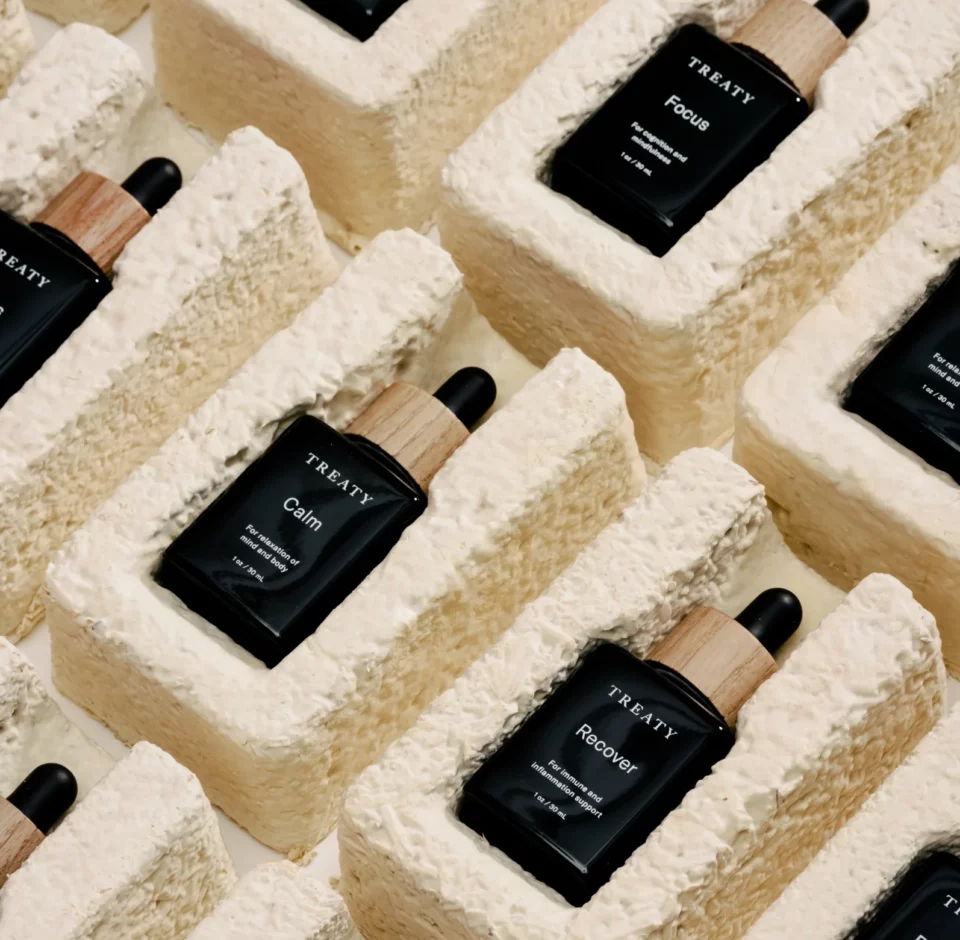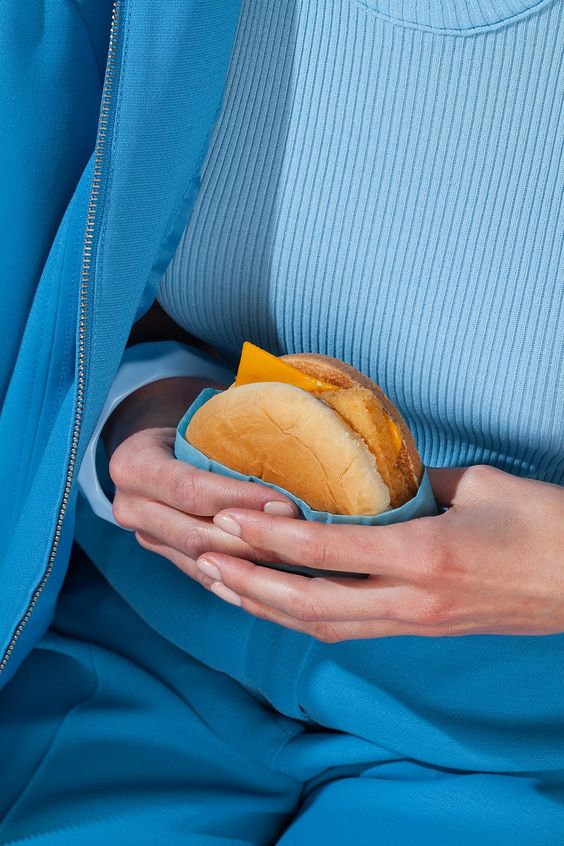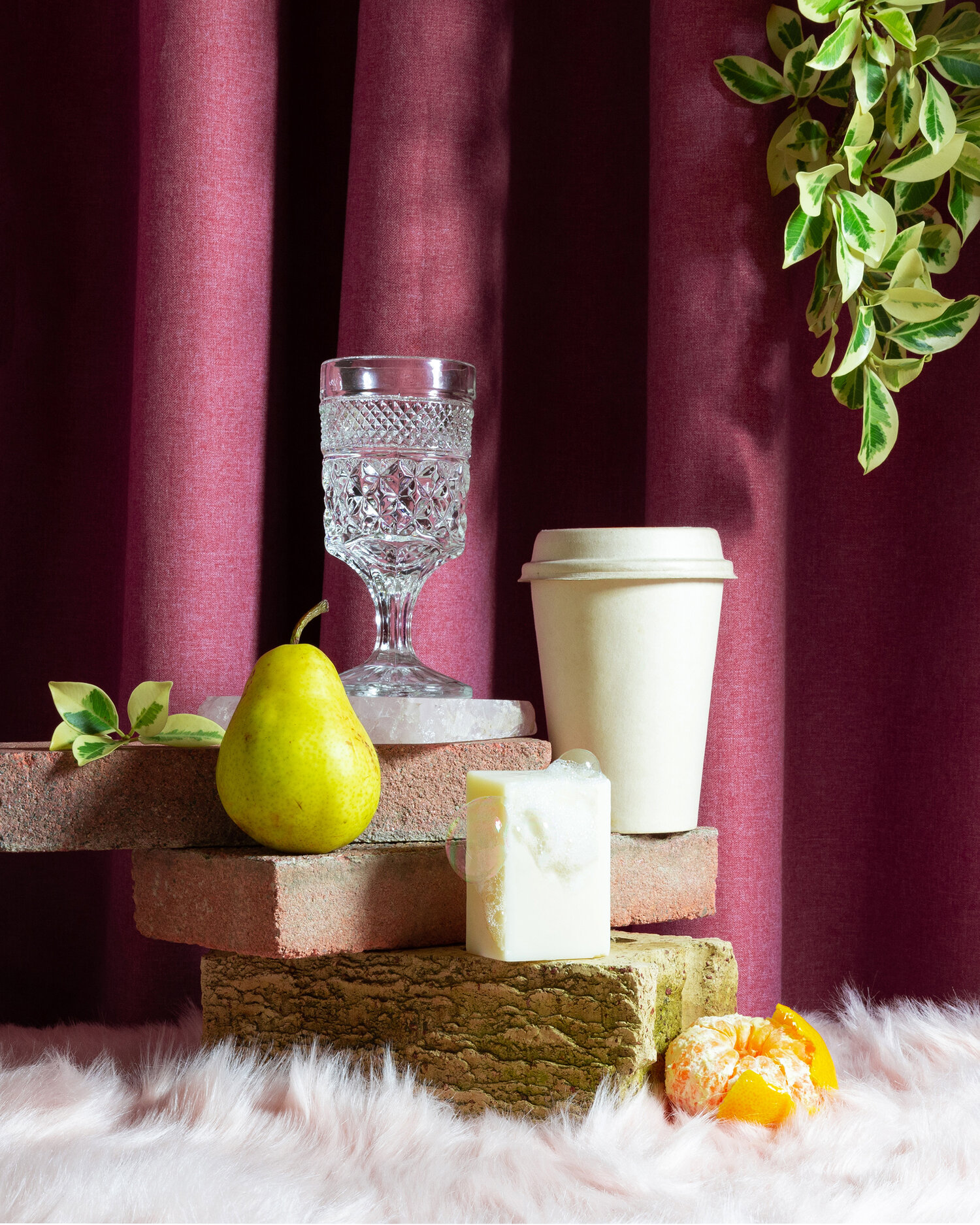Here at Smack Bang, we help our clients produce planet-friendly products that prioritise after-life over shelf-life.
In a consumption driven world the materials we use to package and handle our products can have a huge impact on our planet. We recently had Amanda Imrie, HH Global’s APAC Sustainability Director, present to our team an in-depth analysis of upcoming innovations in the sustainable packaging sphere.
“At HH Global we are in a unique position to not only advise and influence our clients’ marketing behaviour, but to then deliver on this advice and make it real. As a global outsourced procurement leader and passionate sustainability advocate, we see it as our duty to drive sustainable change wherever we can and to deliver positive outcomes.”
The team at HH Global are well acquainted with, and are currently championing a number of alternate sustainable packaging options in an effort to ensure production methods and materials are as environmentally friendly as possible. “Ensuring that the materials we use are sustainable, recyclable or biodegradable is really important”, says Amanda, “and thinking about how the items we produce can be reused or repurposed at end of life is paramount. It’s really hard to avoid using plastic, but by introducing recycled content into our production, we can go a long way to ensuring POS or packaging is as sustainable as possible. Avoiding the use of PVC is probably one of biggest wins but this also has its challenges in APAC as it is so cheap and long lasting! There are lots of amazing products out there and material education is key.”
We have teamed up with HH Global to share their top 5 latest sustainable packaging solutions that align with our vision for a better future.
Sugar Cane Paper
An alternative for conventional paper, this eco-friendly option is made from sugarcane fibres, utilising the waste from sugar cane farming. Not only does it use 80% less wood fibre than regular paper, it also gives a second life to farming waste and positively impacts sugar cane farmers as they no longer need to burn waste and can sell the sugar cane pulp as a sustainable product. Sugar cane is a fast growing crop, taking just one year to grow before use, compared to trees used for conventional wood products that can take up to 20 years to grow. You can use sugarcane paper to replace a number of conventional paper products such as single use plastic food packaging and bags – reducing carbon emissions and problematic waste disposal.
Stone Paper
Another great packaging alternative is Stone Paper. Stone Paper is created from limestone waste and uses no trees, water and produces zero waste! It also uses less energy to create than regular paper and emits less CO2. Kind of a win, win? Not only is Stone Paper a sustainable dream it is also waterproof, tear resistant and beautiful to write on!
Mushroom Packaging
Mushroom packaging was designed as a replacement for single use plastics but can also make a great energy efficient alternative to cardboard. It can be utilised as protective packaging within parcels and boxes that are in transit (think bubble wrap but good for the planet) and has now extended its uses to the construction and insulation industries.
Banana Paper
Equally as important as material waste management and biodegradability is ensuring that packaging materials are sustainably sourced. Banana Paper is produced using banana trees from Zambia and has been embraced by cosmetic giant LUSH Cosmetics as the material used for their shopping bags and wrapping paper. As well as being more durable than regular paper, this initiative also supports the local community of Zambia providing food, protecting forests and supporting local farming.
Promeg
Promeg is a material made from propylene gas – a by-product of petroleum that would usually be burned off creating carbon emissions. It is a light, easily recyclable material, which saves weight reducing transport costs and energy consumption. Promeg is a great alternative for recycled cardboard as it uses 1200% less energy and 9000% less water to produce than recycled cardboard. It also creates no polluted water, contributes less CO2 and does not emit greenhouse gases in land unlike recycled paper – and best of all, it is produced, recycled and repurposed right here in Australia!.
Circular packaging solutions that eliminate waste and keep products circulating for as long as possible is the way of the future. Packaging is just one area where we can improve sustainable practice, but true sustainability is a much bigger picture. A commitment to sustainability is a commitment to constantly learning and building sustainable practice across all areas of your business. Consider how you can re-use, re-new and re-purpose your waste materials.
Image credit: Daniel Dorsa







